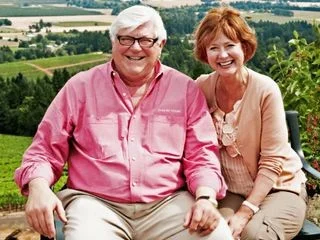In 1855 Napoleon Bonaparte asked that the Medoc classify its wines, perhaps so that he could determine which to buy. Only four chateaux — Lafite Rothschild, Margaux, Haut Brion and Latour — were judged to be worthy of the coveted first-growth classification. The grouping has remained largely intact — Mouton Rothschild was added in 1976 after intensive lobbying.
No other wine region has classified its wines like this, preferring instead to divide them according to time in cask (Spain), by vineyard (U.S.), by crus, price or by the vague term “reserve.” Even a president like Donald Trump couldn’t follow in Bonaparte’s footsteps and order it to be done in, say, California. However, I’ve often mused about which properties in Napa Valley would make the first-growth cut.
If history influenced the decision, I’d have to consider Chateau Montela, Louis Martini, Beringer, Caymus, Beaulieu, Heitz Cellars, Chappellet, Dominus, Opus One, Joseph Phelps, Mondavi. If I pulled in producers with less history, I would consider Screaming Eagle, Spottswoode, Sullivan, Cliff Lede, Gamble and Ladera.
The reserve cabernet sauvignons of these producers sell for more than $100 a bottle — in some cases more than $3,000. Not many people — even collectors — will pay that much for California cabernet sauvignon, especially when they can buy a second-growth Margaux for less.
What happened?
Many winemakers tell me there is more labor involved in farming mountain fruit that is often the source for the best cabernets. But, more likely, they will charge whatever the market bears. They make little of their best wines, sell it to their club members and develop a waiting list to drive the fear of being left out.
Most of them resist comparing their wines to those of Bordeaux and I get that because the soil, winemaking and blend is often different. But consumers will compare the two regions. And, winemakers insist that however unique their Napa wine, it is every bit as good as Bordeaux.


